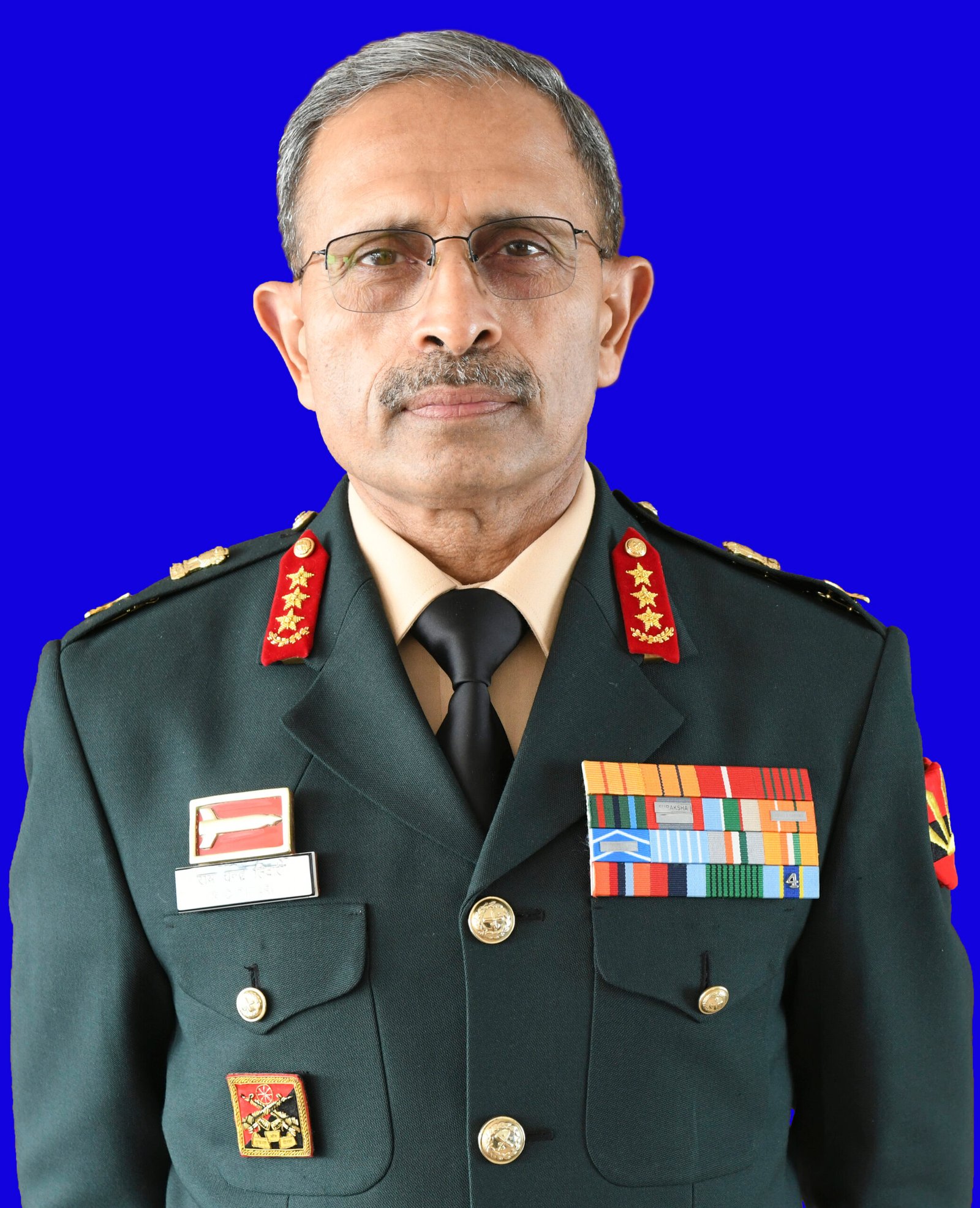A larger Bench of the tribunal today interpreted Section 29 of the AFT Act and Rule 25 of the AFT Rules to hold that the legislature did not intend to keep the AFT toothless.

n a significant judgment that is expected to give teeth to the orders of the Armed Forces Tribunal (AFT), a larger Bench of the tribunal comprising Justice Anu Malhotra, Lt. General CP Mohanty and Rear Admiral Dhiren Vig held on Wednesday held that AFT possesses powers of contempt of court to get its orders implemented in case of willful non-compliance.
The larger bench was constituted in 2014 when a two-member bench at Delhi had expressed apprehensions following a judgment of the Kerala High Court which had directed the Kochi Bench of AFT to invoke powers of contempt in case of non-compliance by defence authorities.
The matter referred to the larger bench included cases filed by Lt. Col. Mukul Dev in the year 2014 at the Kolkata Bench and suo-moto contempt proceedings initiated by the Chandigarh Bench.
Hearings were held in the case in April and May this year.
In a judgment running into more than 500 pages, perhaps the longest in the AFT’s history, the larger bench today interpreted Section 29 of the AFT Act and Rule 25 of the AFT Rules to hold that the legislature did not intend to keep the AFT toothless.
It observed that more than 5,000 of its orders are lying unimplemented without any stay from the High Court or the Supreme Court.
In the past, the Punjab & Haryana Court had come down heavily upon the Ministry of Defence (MoD) for non-implementation of orders of the AFT.
The Supreme Court and various High Courts have also passed strong observations against MoD for filing frivolous appeals against disabled personnel and other pensioners in settled matters.
Advocate Rajiv Manglik appeared for Lt. Col. Mukul Dev.
Additional Solicitor General Vikramjeet Banerjee and advocate Anil Gautam appeared for Union of India.
Senior Advocate Rajshekhar Rao of Delhi High Court and advocate Navdeep Singh of Punjab & Haryana High Court served as Amicii Curiae.













































































